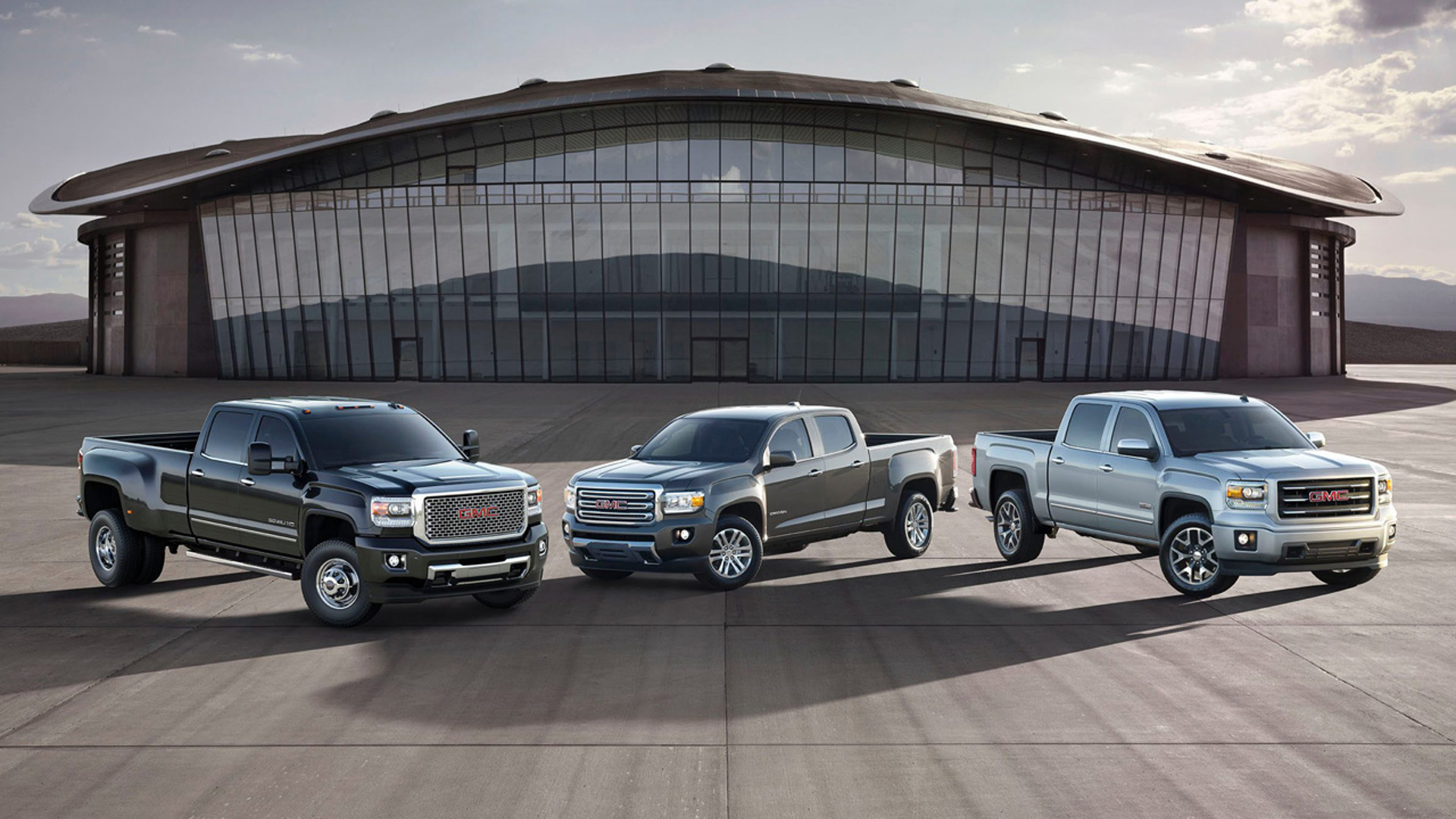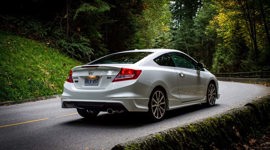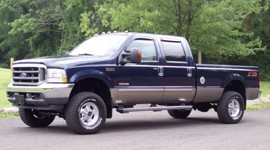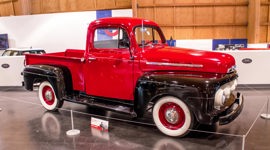Story and Photos by Justin Pritchard
Pickups, SUVs and crossovers are a big part of Canada’s used vehicle market – especially as shoppers trade in their few-year-old models on the ever-evolving latest and greatest models. Many Canadian shoppers look strongly towards used ‘utility’ vehicles when capability, toughness, and a sense of adventure are priorities in a new ride. Whether it’s for tackling harsh climate conditions, exploring new trails or handling a variety of activities and lifestyles with ease, a used utility vehicle is a sought-after investment for many used vehicle shoppers.
Whether you’re after an F-150, Sierra, Ridgeline, Pathfinder, RAV4, or some other four-wheel-drive truck or sport-ute, you’ll likely benefit from all-season, all-surface confidence and room to spare.
So, once you’ve assembled a shortlist of models to check out for consideration, be sure to print our list of used utility-vehicle shopping tips, and take it along for the test-drive process for maximum confidence and peace of mind. Your favourite mechanic can help with a pre-purchase inspection affordably and quickly, too.
Check the 4x4
If the unit you’re considering has a 4x4 system, you’ll want to be absolutely positive it works properly. Switch between the various 4x4 modes as outlined in the owner’s manual, ensuring each one can be engaged and disengaged as described. Do this several times to be sure. Electronic 4x4 systems are typically reliable, but pricey to fix if they’re suffering from failing parts. On some models, problems with the 4x4 system will be referenced by a warning light or warning message in the instrument cluster. Don’t take the seller’s word that the system is working properly – be sure to confirm it for yourself, noting that you shouldn’t drive in 4-Low on bare pavement.
Check with Reviewers and Owners
Buying a used truck or 4x4 should take more than an hour. Research the web for owner and professional reviews of the models you’re considering, look into common issues on owner forums, and be sure to test drive a few examples of the model that interests you the most. Shop when you’ve got time to do it properly, be smart, and don’t rush. Research and careful test driving are key to finding a well-cared for and reliable used ride – and maybe even a better deal.
Check the Tires and Brakes
Trucks and SUVs are big heavy vehicles that use big, heavy duty consumable parts like tires and brakes. These can be pricey to replace – so assume the seller is trying to pass along a pricey tire and brake replacement until you confirm otherwise.
Note that models with upsized or upgraded wheels and tires will turn in higher replacement costs when the time comes. Remember – larger wheels often come at the expense of ride quality, and larger, more aggressive tires typically come at the expense of fuel mileage.
Check the Suspension
Truck and 4x4 suspension systems have the tough job of supporting heavy weight, handling extra stress when towing, and being wrenched around and beaten up by uneven surfaces in off-road settings.
Many trucks and SUVs in the used market will need some degree of attention to their suspension system – and a mechanic can quickly ascertain its needs with the vehicle on his hoist.
If careless off-roading or frequent voyages down pothole-riddled roads have left bushings, sway-bar links or shocks in need of some attention, now’s the time to find out. Note that worn suspension components often generate clunking, clicking or popping noises audible from within the car on a test drive, so be sure to kill the stereo and listen for them.
Check the Underbelly
Get that used 4x4 up in the air. While on a hoist, a skilled mechanic can get up close and personal with the bits of the vehicle you can’t see while it’s on the ground—checking for excessive rust, damage, leaks or other problems. In a few minutes, a mechanic should be able to give you a very good idea of the shape your potential ride is in. Plus, the cost of a pre-purchase on-the-hoist inspection can be a mere fraction of the cost of buying a vehicle that’s about to need a new transmission, differential or all-around suspension replacement. Ask the seller if you can take the vehicle to your mechanic, or have him meet you there. A pre-purchase inspection of any used ride can typically be had for under $200, and be completed in under an hour.
Check for Differential Noise
Differentials are known to be a possible concern on several used truck models—though they can be a problem on any truck that’s been abused or neglected. The differential is an important powertrain component that delivers power to the wheels. Off-road focused models often have differentials that ‘lock’, either automatically or at the push of a button, for additional traction. Be sure this system is working properly, as outlined in the owner’s manual, if equipped.
Differentials that are wearing out may start making a metallic grinding or clunking noise, before eventually failing altogether. A differential rebuild isn’t typically a cheap repair, so be sure to note any unusual noises, chattering or ‘binding’ sensations from the rear end of the truck you’re considering.
Test for these noises from a potential worn-out diff by driving in slow, tight circle, and be sure to have a ‘listen’ to the rear end on the highway too. A howling or groaning sound from the back of the truck you’re test driving is a sign that further investigation is required.
Check for Recall Work
Visit your favourite online search engine to find out what recalls have affected the model you’re considering. Then, take the VIN number to its local dealer and see what, if any, recall work is outstanding. Recalls address latent safety defects and are free of cost to the owner. There’s a good chance the model you’re considering has been affected by a few of them.
Check the Fluids
Plan and budget for a full fluid change, replacing engine oil, coolant, transmission fluid, transfer case, brake, steering and differential fluids, if you’re unsure of the service history of the model you’re considering. The owner’s manual lists fluid requirements, and if it’s not in the glove-box, a quick call to the selling dealer’s parts counter will set you straight.
Fresh, quality fluids are vital to prolonged driveline component life—especially if any fluids have been contaminated with water, possibly while crossing a stream or using a boat-launch. A unit used frequently in an off-road or trail setting, or used frequently to tow, typically needs a fluid change more often than a unit used primarily for highway driving.







